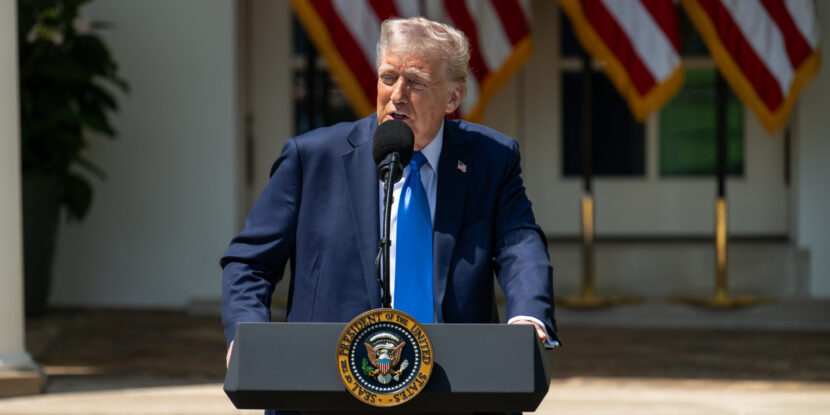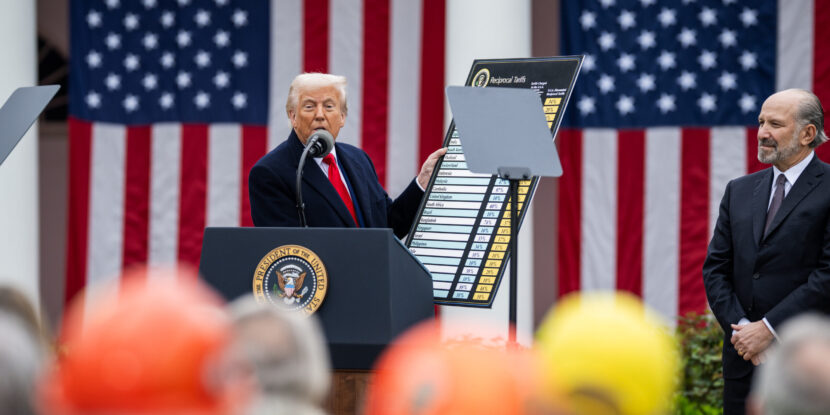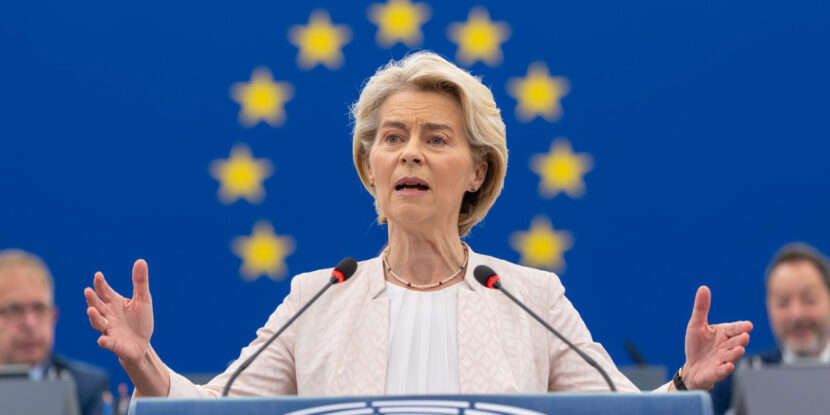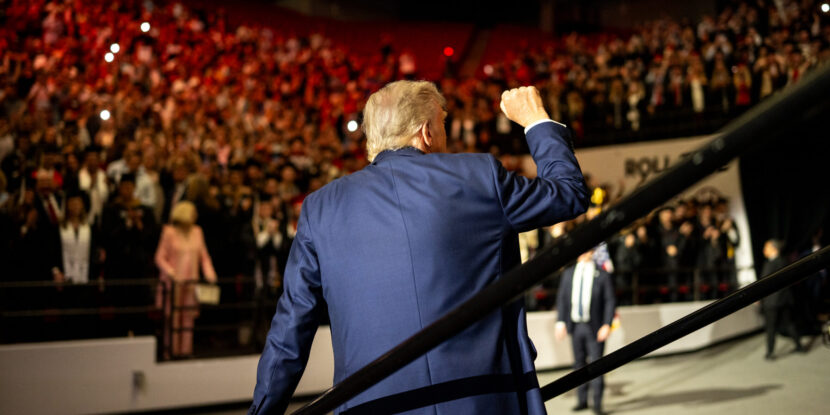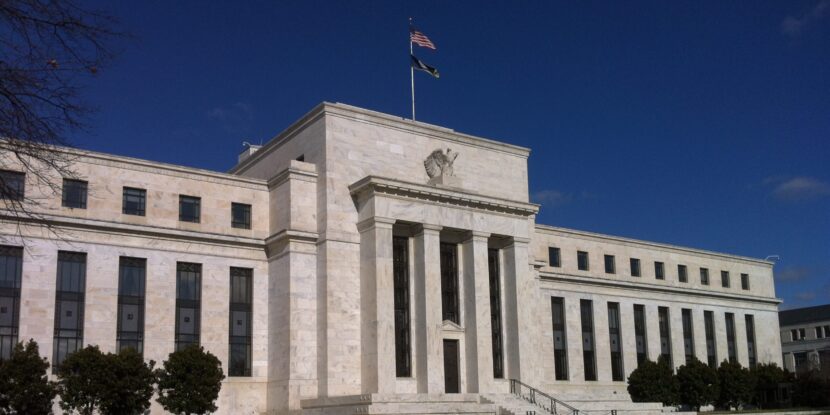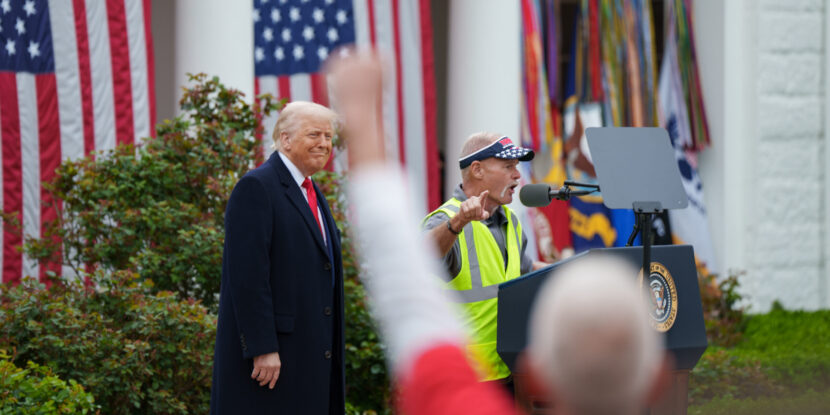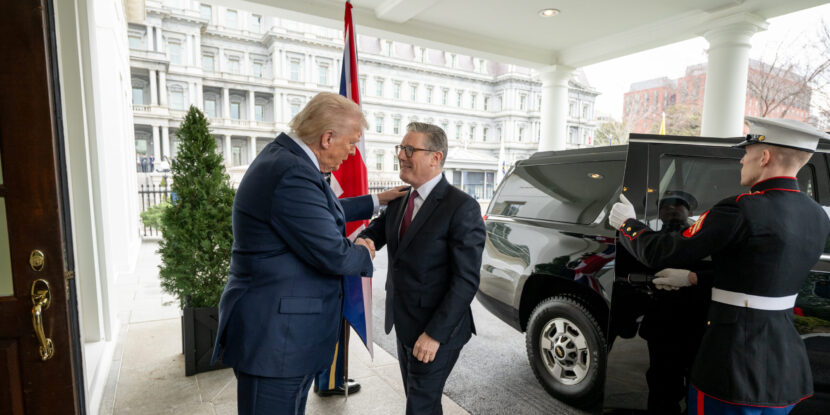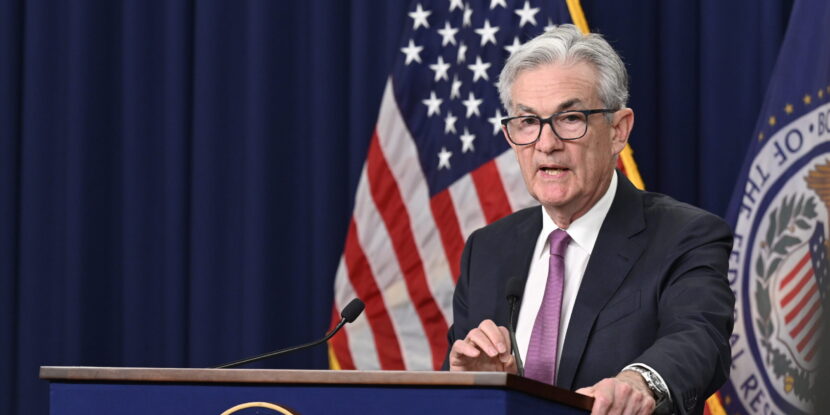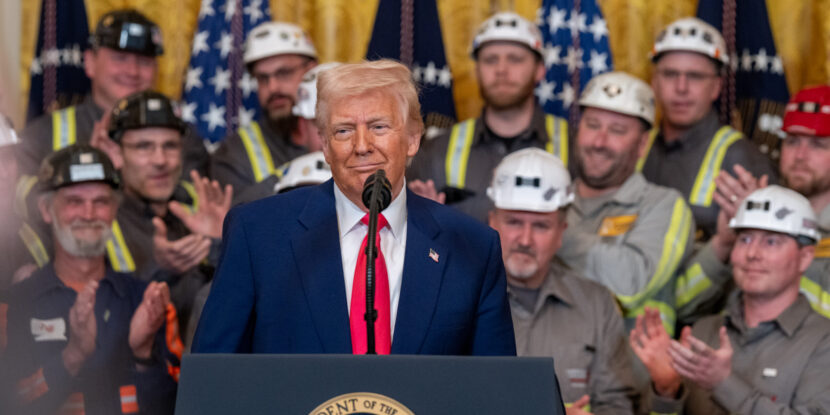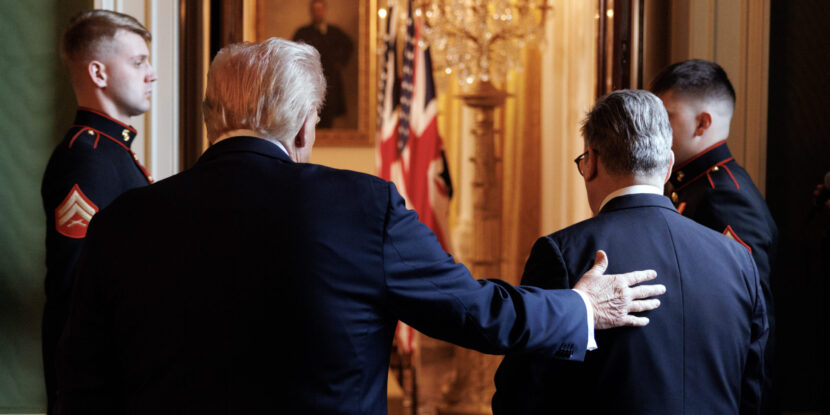PULSE POINTS:
❓What Happened: President Donald J. Trump urged China to open its markets to the U.S. and suggested reducing tariffs on Chinese goods.
👥 Who’s Involved: President Donald Trump, Treasury Secretary Scott Bessent, U.S. Trade Representative Jamieson Greer, Chinese officials.
📍 Where & When: Comments made in Washington, D.C. on Friday; meetings between the U.S. and China set in Switzerland over the weekend.
💬 Key Quote: “CHINA SHOULD OPEN UP ITS MARKET TO USA — WOULD BE SO GOOD FOR THEM!!! CLOSED MARKETS DON’T WORK ANYMORE!!!” – President Trump on Truth Social.
⚠️ Impact: Potential reduction in tariffs and improved trade relations between the U.S. and China.
IN FULL:
President Donald J. Trump has called for China to open its markets to the United States, suggesting a potential reduction in tariffs on Chinese imports. This announcement comes ahead of planned trade discussions between American and Chinese officials in Switzerland this weekend.
On Friday, Trump took to his Truth Social platform, emphasizing the benefits for China if it opens its markets to American goods. He stated, “CHINA SHOULD OPEN UP ITS MARKET TO USA — WOULD BE SO GOOD FOR THEM!!! CLOSED MARKETS DON’T WORK ANYMORE!!!” In a subsequent post, he mentioned, “80% Tariff on China seems right! Up to Scott B,” referring to Treasury Secretary Scott Bessent.
Currently, tariffs on most Chinese goods stand at 145 percent, a figure established last month following China’s retaliatory measures against U.S. tariffs. Meanwhile, China has imposed a 125 percent levy on most American products. Speaking in the Oval Office on Thursday, Trump indicated that these tariffs would not increase further and could only decrease. “It’s at 145, so we know it’s coming down,” he remarked, expressing optimism about future relations with China.
Treasury Secretary Bessent and U.S. Trade Representative Jamieson Greer are scheduled to meet with Chinese counterparts in Geneva over the weekend to negotiate a trade deal. Greer commented on the upcoming talks, saying, “At President Trump’s direction, I am negotiating with countries to rebalance our trade relations to achieve reciprocity, open new markets, and protect America’s economic and national security.” He anticipates productive discussions with his international counterparts.
Bessent has described the current economic dynamics with China as “unsustainable” and emphasized the U.S. desire for “fair trade” without a complete decoupling from China.
In related trade developments, Trump announced a significant trade agreement with the United Kingdom on Thursday. This deal aims to enhance U.S. market access in Britain for billions of dollars worth of American exports. However, a 10 percent baseline tariff on many British goods remains, with specific exceptions for Rolls-Royce engines and airplane parts, among other products.
show less